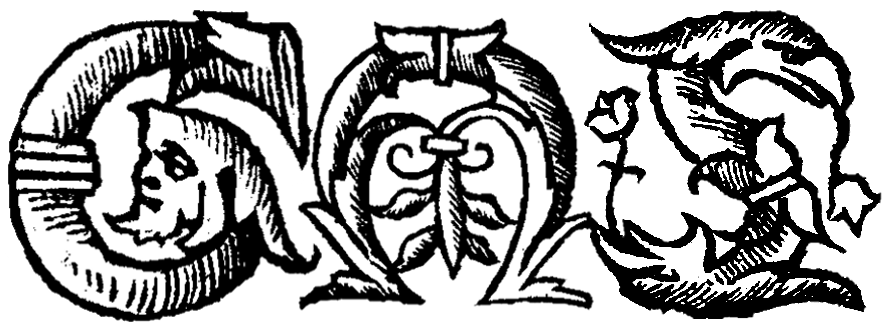Oh, how it troubles me! | Ha, qu’il m’ennuie!

British Library MS King’s 322 f.1 [Public Domain]
Read the text (PDF)
Introduction to the Text
This fifteenth-century love song is a virelai for three voices. Although it draws on a common theme for French songs of this period—the heartache of someone whose lover is absent—it is somewhat unusual that it is written from a woman’s perspective.
Introduction to the Source
This song has been transcribed from the Chansonnier Nivelle de la Chausée (Paris, Bibliothèque Nationale de France, Département de Musique, Res. Vmc MS 57), ff.79v-80r. The manuscript can be viewed at https://gallica.bnf.fr/ark:/12148/ btv1b55007270r/f158.item. The same song is also found in Paris, Bibliothèque Nationale Française, 1719. Different manuscripts attribute it to either Agricola or Fesneau.
Oh, how it troubles me! | Ha, qu’il m’ennuie!
Ha qu’il menuye
et que Je me treuve esbahye
de ce que Je ne vous puis voir
mon seul tout vueillez y pourvoir
5 se vous amez moy et ma vie
Jay des enuis
qui me tourmentent jours et nuits
tant que Jen suis toute esperdue
car je ne puis [avoir] plaisir ne nulz de puis
10 que je vous ay perdu de veue
Je nay envye
ne mon desir ne my convye
puis que mieulx je ne puis avoir
fors de voz nouvelles savoir
15 dailleurs ne puis estre esjouye
Oh how it troubles me!
I find myself astonished
that I cannot see you.
My one and only, please do what is necessary
5 if you love me and my life.
I have troubles
tormenting me day and night
to such a degree that I feel totally lost,
for I have not been able to have any joy, nor anything else, since
10 I lost you from my sight.
I have no interest in anything,
nor does desire drive me,
because I cannot have anything better
than news of you,
15 and I cannot be happy otherwise.
